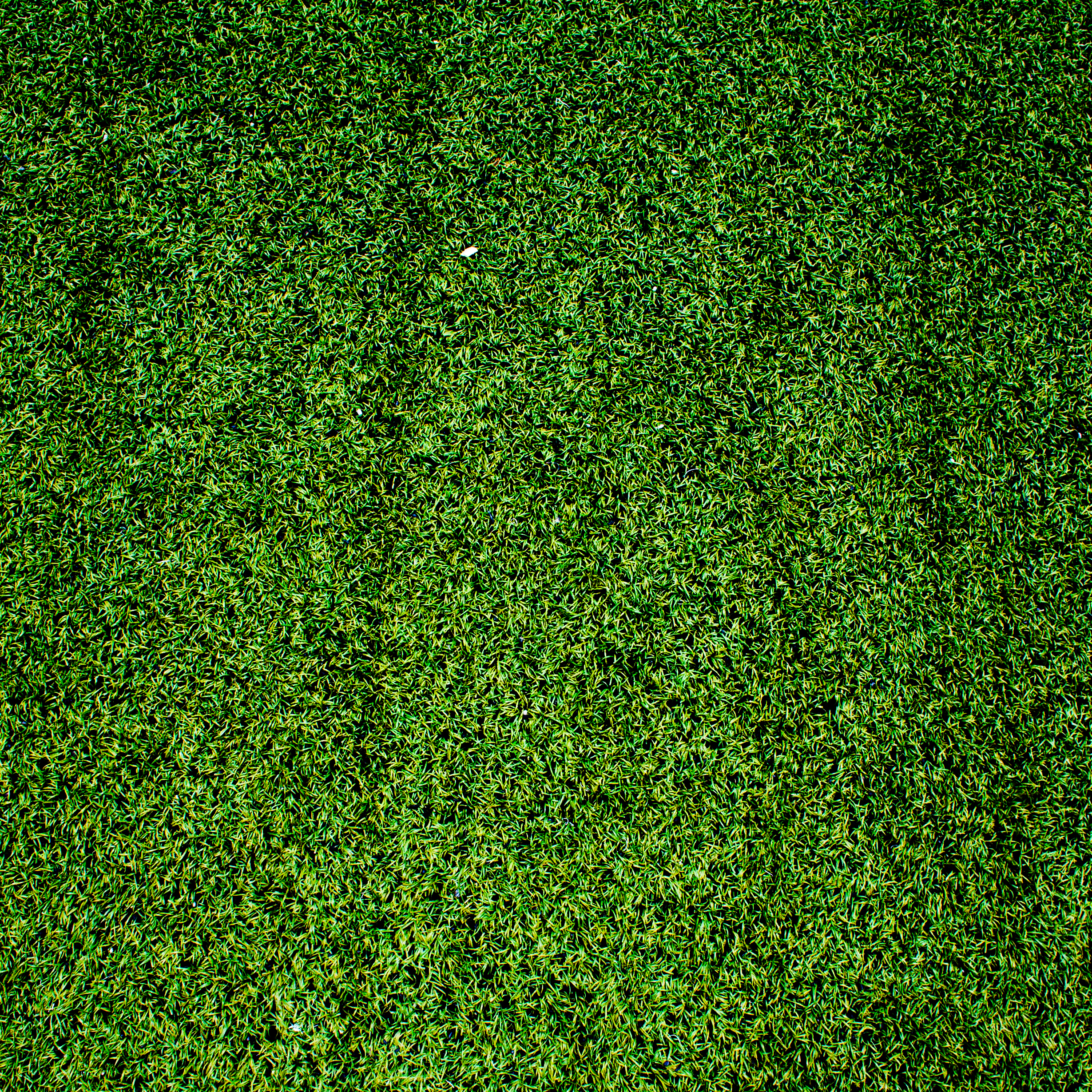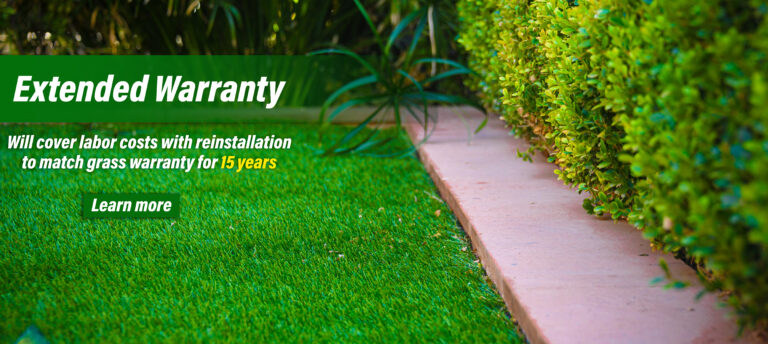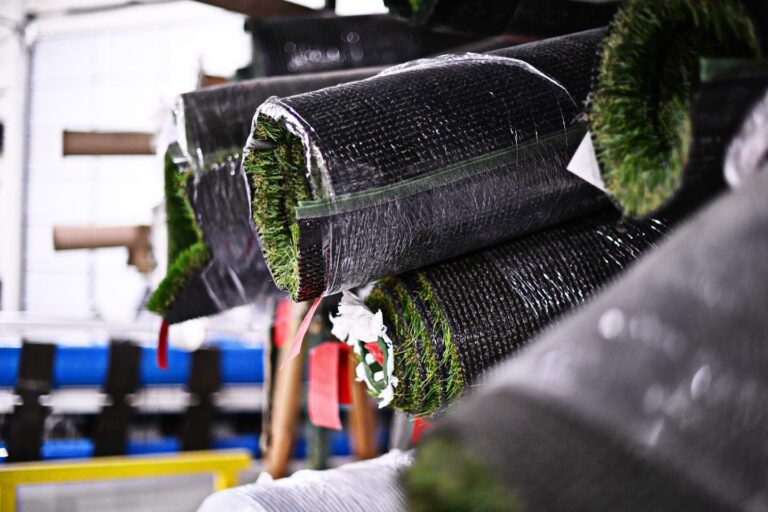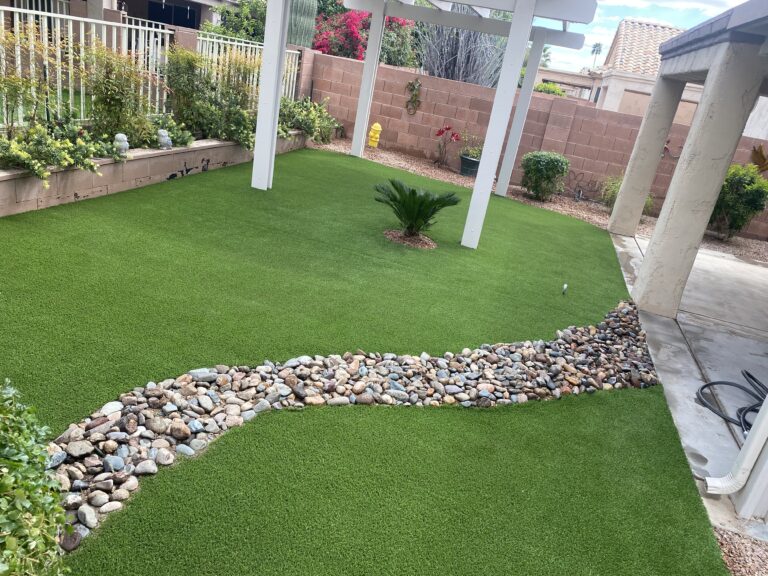Artificial Grass for Athletics: How to Select High-Quality Surfaces
As the popularity of artificial grass surfaces continues to grow, it’s essential to understand how to select high-quality turf that meets your athletic needs. Whether you’re looking for a surface for soccer, football or other sports, choosing the right material can make all the difference in performance and safety. In this post, we’ll explore everything you need to know about selecting high-quality artificial surfaces for athletics.
Introduction to Artificial Grass for Athletics
Artificial grass has become an increasingly popular option for athletic fields due to its durability, low maintenance requirements, and consistent playing surface. Unlike natural grass, which can be affected by weather conditions and wear and tear, synthetic turf remains consistent throughout the year, providing a safe and reliable surface for athletes to perform on. Additionally, artificial grass is more environmentally friendly than traditional turf since it requires less water and pesticides.
The Importance of Choosing High-Quality Surfaces
When it comes to selecting an artificial surface for athletics, quality matters. A poorly constructed surface can lead to injuries, uneven play, and reduced lifespan. To ensure you choose a high-quality product, there are several factors to consider.
Factors to Consider When Selecting Artificial Turf
1. Durability – Look for a surface with a long lifespan that can withstand heavy use without showing signs of wear and tear. The best artificial turfs should have a minimum warranty of 8 years.
2. Safety – Ensure that the surface provides adequate traction and cushioning to prevent injuries. It should also have a shock absorption rating (Gmax) of 165-200.
3. Performance – Choose a surface that mimics the feel and performance of real grass as closely as possible. This includes proper drainage, ball roll and bounce characteristics, and texture.
4. Cost – While cost shouldn’t be the only factor when selecting an artificial surface, it’s still important to consider. Look for a balance between price and value, keeping in mind that higher quality products may come at a premium.

How to Evaluate the Durability of an Artificial Surface
To evaluate the durability of an artificial surface, look for the following features:
1. Fiber density – Higher fiber densities result in a stronger, more resilient surface that can withstand repeated impacts.
2. Tuft bind – The process used to secure fibers into the backing can affect the overall strength and durability of the surface.
3. Backing system – The type of backing used can influence the surface’s longevity and resistance to damage from UV rays and inclement weather.
Maintaining Your Artificial Athletic Fields
Proper maintenance is critical to ensuring the longevity and performance of your artificial athletic field. Here are some tips for maintaining your surface:
1. Brushing – Regular brushing helps remove debris and keep the fibers upright, improving the surface’s appearance and performance.
2. Cleaning – Use a broom or blower to remove any trash or leaves from the surface. For tough stains, use a mild cleaning solution followed by rinsing thoroughly.
3. Repairs – Minor repairs such as fixing tears or seaming can help extend the life of your surface.
Conclusion: Final Thoughts on Selecting High-Quality Artificial Surfaces
Selecting high-quality artificial surfaces for athletics requires careful consideration of various factors including durability, safety, performance, and cost. By evaluating these criteria and performing regular maintenance, you can enjoy a top-notch surface that provides years of reliable service.






